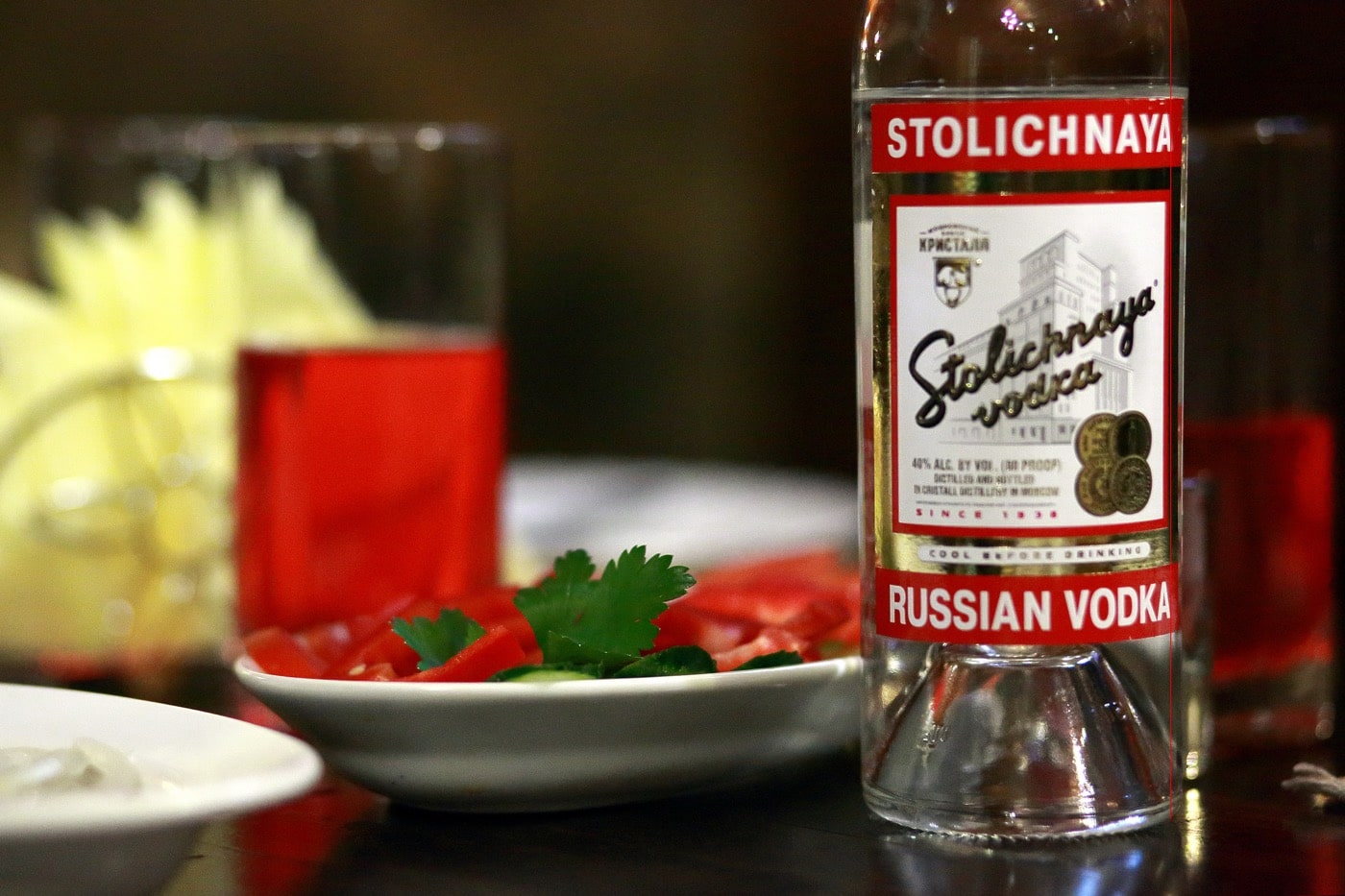Ron Swanson, the burly Parks and Recreation character whose moustache alone is the pinnacle of American masculinity, perfectly summed up our western opinion toward vodka when he said, “Clear alcohols are for rich women on diets.” Vodka conjures up images of the Sex and the City girls sipping Cosmopolitans and figure conscious twentysomethings downing vodka tonics. But in Russia, vodka has long been a staple of life, and a rather masculine one at that. From Peter the Great’s notoriously drunken council to Stalin’s frequent shipments of vodka to the Soviet army, vodka seems to make an appearance in every chapter of Russian history.
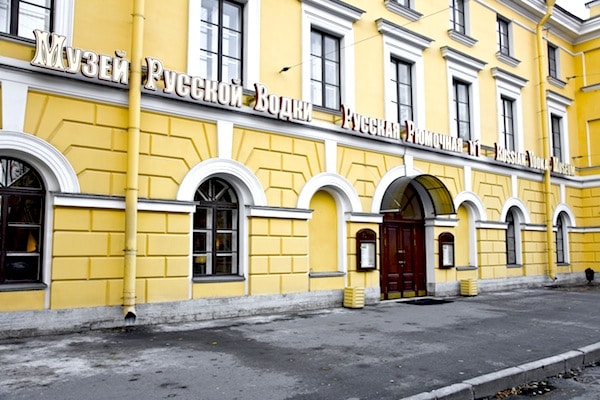
It seems only fitting that the world’s only vodka museum is situated in the heart of St. Petersburg. The Russian Vodka Museum chronicles the history of vodka in a series of quaint rooms and offers insight into the major role vodka has played in Russian culture. The museum begins with a recreation of a 14th century Chudov monastery (since monasteries often hosted a hotbed of moonshining activity). After trying “grape spirits” during a trip to Constantinople, the steadfast Russian monks were determined to brew the spirit back home. They didn’t let a small setback like the fact that were were no grapes in Moscow stop them. Instead, they fermented grain, of which there was an abundance. Thus, “bread wine” was born, quickly earning the nickname “aqua vitae” (Latin for “water of life”). The Russian Vodka Museum commemorates this moment with some eerily realistic wax figurines clad in monks’ robes.
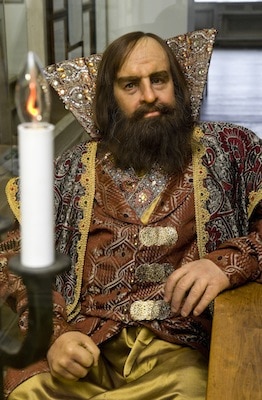
The museum continues to the time when the black plague was making its wy through Moscow. Taking the “life water” nickname a little too seriously, people began using vodka to cure the plague. Although they quickly realized that getting tipsy does not keep you from dying, the Russian people discovered that they really enjoyed being treated with vodka. During this time, the spirit grew rapidly in popularity. And the rest, as they say, is history.
This history can be seen throughout the rest of the museum. The walls are decked with portraits of Tsars and Emperors, including Catherine the Great and Peter the Great, who generously indulged in the Russian national drink. Each room contains dozens of little trinkets ranging from centuries old cups to vintage vodka advertisements, all of which show how prominent vodka is throughout Russia.
After you’ve made your way through the museum exhibits, be sure to stop at the museum’s restaurant, “Russia VodkaRoom No. 1,” for some traditional Russian fare and, of course, vodka. The restaurant’s expansive vodka menu with over 200 choices is overwhelming to say the least. We were like kids in a candy store. The friendly staff is more than happy to help you pick the best choices for expanding your vodka palate. You’ll leave with a full stomach, a solid buzz, and a newfound appreciation for vodka.
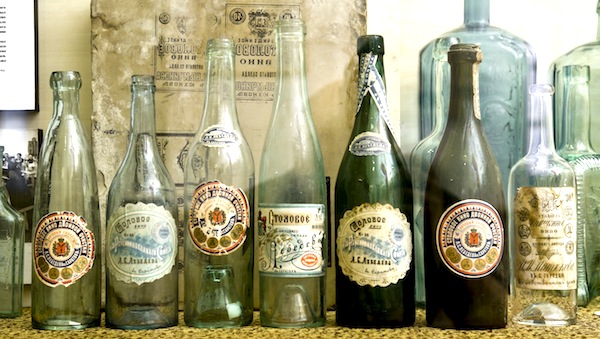
Should you opt to forgo eating and just want to continue your vodka education, linger in the museum’s bar and enjoy flights of Russian Standard, Stolichnaya and Beluga Vodka served with canapes. You’re guaranteed to quickly take a very different view of this wonderful Russian custom.
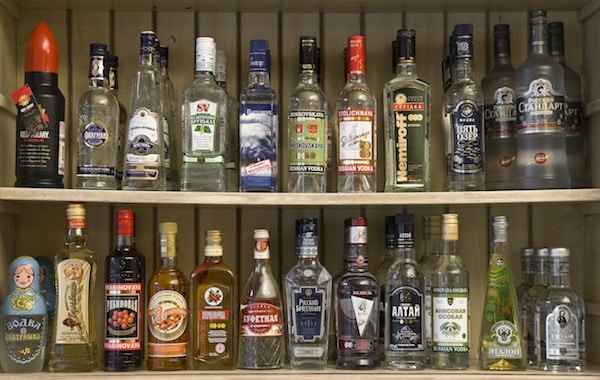
[alert type=white]
Russian Vodka Museum
4, Konnogvardeisky Boulevard
+7 (812) 312-9178
Admission: Tour with vodka tasting (duration 30 minutes) in English or Russian–RUB 450.00. Tour (without tasting)–RUB 300.00. Individual ticket (no tour)–RUB 150.00.
[/alert]

